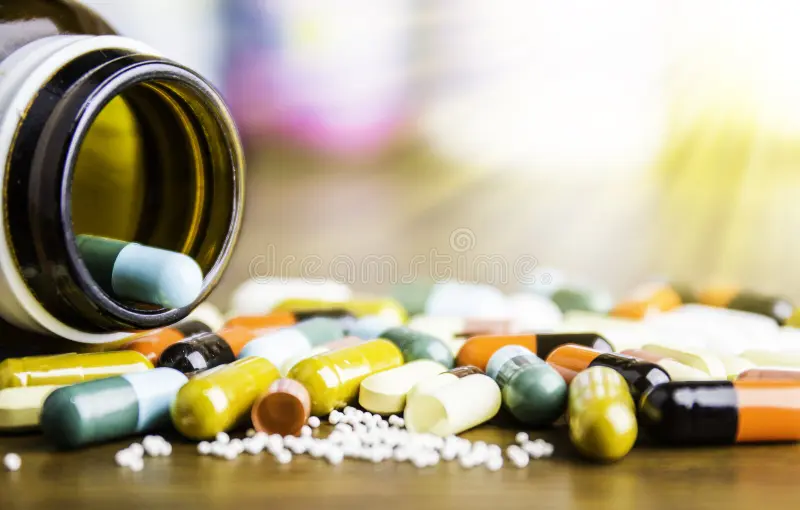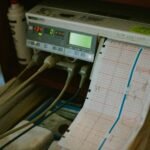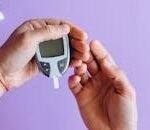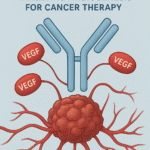Pharmacy Practice MCQ, in this article we will solve, Practice MCQ under subject physical pharmaceutics. Read following article for your reference.
States Of Matter And Properties Of Matter » PHARMACAREERS
- Which of the following is a characteristic of solids?
- a) Fixed shape and volume
- b) Fixed shape but variable volume
- c) Variable shape and fixed volume
- d) Variable shape and volume
- What is the primary difference between crystalline and amorphous solids?
- a) Crystalline solids have a defined structure, amorphous solids do not
- b) Amorphous solids have a defined structure, crystalline solids do not
- c) Both have defined structures
- d) Neither have defined structures
- Which form of a drug typically has greater stability?
- a) Amorphous
- b) Crystalline
- c) Liquid
- d) Gas
- What is the process of a solid turning directly into a gas called?
- a) Melting
- b) Freezing
- c) Sublimation
- d) Condensation
- Which state of matter has particles that are tightly packed in a fixed arrangement?
- a) Solid
- b) Liquid
- c) Gas
- d) Plasma
- In pharmaceutics, which form of solids can enhance the bioavailability of poorly soluble drugs?
- a) Crystalline
- b) Amorphous
- c) Liquid
- d) Gas
- What is the term for the transition from liquid to gas?
- a) Melting
- b) Freezing
- c) Vaporization
- d) Deposition
- Which of the following is a property of liquids?
- a) Fixed shape and volume
- b) Fixed shape but variable volume
- c) Variable shape and fixed volume
- d) Variable shape and volume
- What is the significance of polymorphism in pharmaceuticals?
- a) It affects the drug’s solubility and bioavailability
- b) It has no impact on drug properties
- c) It only affects the drug’s color
- d) It only affects the drug’s taste
- Which technique is often used to produce amorphous drug forms?
- a) Spray drying
- b) Crystallization
- c) Filtration
- d) Centrifugation
- What is the process of a liquid turning into a solid called?
- a) Melting
- b) Freezing
- c) Sublimation
- d) Condensation
- Which state of matter has particles that are far apart and move freely?
- a) Solid
- b) Liquid
- c) Gas
- d) Plasma
- What is the term for the transition from gas to liquid?
- a) Melting
- b) Freezing
- c) Vaporization
- d) Condensation
- Which form of solids is generally less stable and may crystallize over time?
- a) Crystalline
- b) Amorphous
- c) Liquid
- d) Gas
- What is the process of a gas turning directly into a solid called?
- a) Melting
- b) Freezing
- c) Sublimation
- d) Deposition
- Which state of matter has a definite volume but takes the shape of its container?
- a) Solid
- b) Liquid
- c) Gas
- d) Plasma
- What is the primary factor that influences the solubility of a drug in a solution?
- a) pH
- b) Temperature
- c) Presence of co-solvents
- d) All of the above
- Which of the following is a homogeneous mixture where the solute is completely dissolved in the solvent?
- a) Suspension
- b) Emulsion
- c) Solution
- d) Colloid
- What is the term for the transition from solid to liquid?
- a) Melting
- b) Freezing
- c) Sublimation
- d) Condensation
- Which state of matter is characterized by having no fixed shape or volume?
- a) Solid
- b) Liquid
- c) Gas
- d) Plasma
- What is the significance of the melting point in crystalline solids?
- a) It indicates the temperature at which the solid turns into a liquid
- b) It indicates the temperature at which the liquid turns into a gas
- c) It has no significance
- d) It indicates the temperature at which the gas turns into a solid
- Which of the following is a heterogeneous mixture where solid particles are dispersed in a liquid medium?
- a) Solution
- b) Suspension
- c) Emulsion
- d) Colloid
- What is the process of a liquid turning into a gas at the surface of the liquid?
- a) Boiling
- b) Evaporation
- c) Condensation
- d) Freezing
- Which state of matter is characterized by having particles that are in constant, random motion?
- a) Solid
- b) Liquid
- c) Gas
- d) Plasma
- What is the term for the transition from liquid to solid?
- a) Melting
- b) Freezing
- c) Sublimation
- d) Condensation
- Which form of solids typically exhibits greater solubility?
- a) Crystalline
- b) Amorphous
- c) Liquid
- d) Gas
- What is the process of a gas turning into a liquid called?
- a) Melting
- b) Freezing
- c) Vaporization
- d) Condensation
- Which state of matter has particles that are closely packed but can move past each other?
- a) Solid
- b) Liquid
- c) Gas
- d) Plasma
- What is the significance of the boiling point in liquids?
- a) It indicates the temperature at which the liquid turns into a gas
- b) It indicates the temperature at which the solid turns into a liquid
- c) It has no significance
- d) It indicates the temperature at which the gas turns into a solid
- Which of the following is a property of gases?
- a) Fixed shape and volume
- b) Fixed shape but variable volume
- c) Variable shape and fixed volume
- d) Variable shape and volume
For more regular updates you can visit our social media accounts,
Instagram: Follow us
Facebook: Follow us
WhatsApp: Join us
Telegram: Join us





